Britain's new £5 note featuring Sir Winston Churchill has been unveiled and while it is a far-superior than its predecessor it also comes with an unlikely warning - be careful when spending it.
The note is printed on polymer, a think plastic film that is so durable it can survive a spin in the washing machine, is almost untearable, and will last about five years - rather than the usual 18 months.
However, there is one unlikely side effect. The polymer-coating means notes can stick together, raising fears that shoppers, especially the elderly, may accidentally end up paying twice when settling bills.
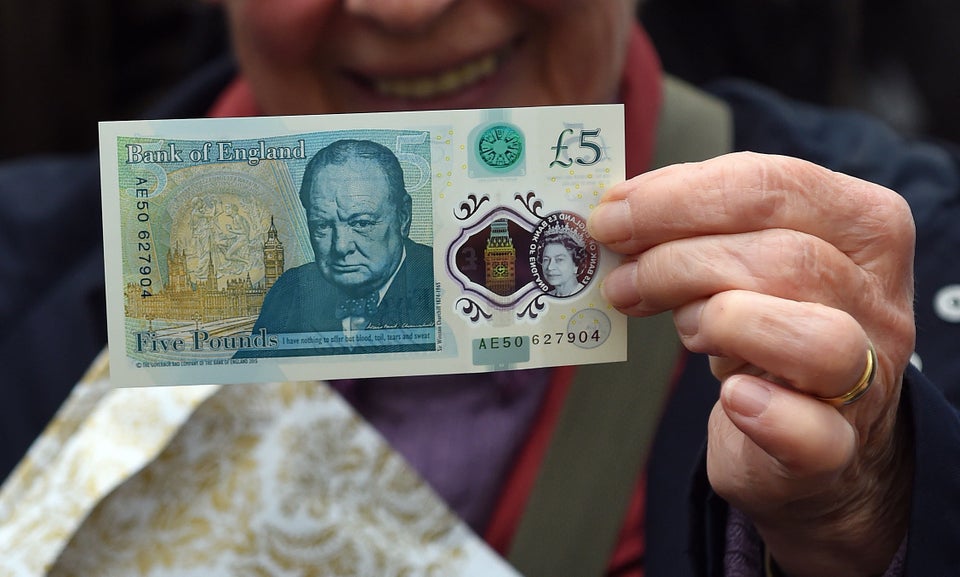
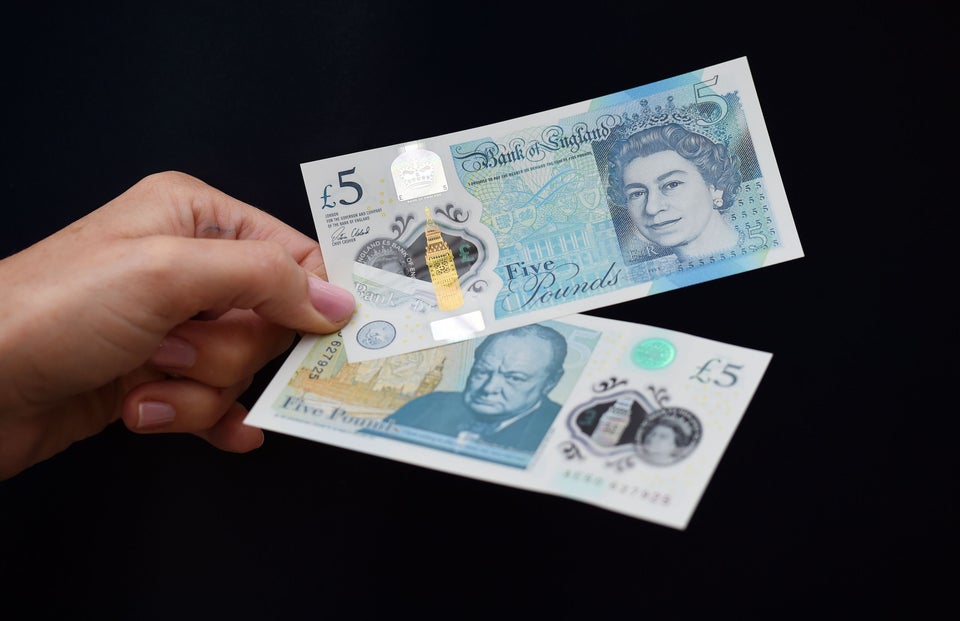

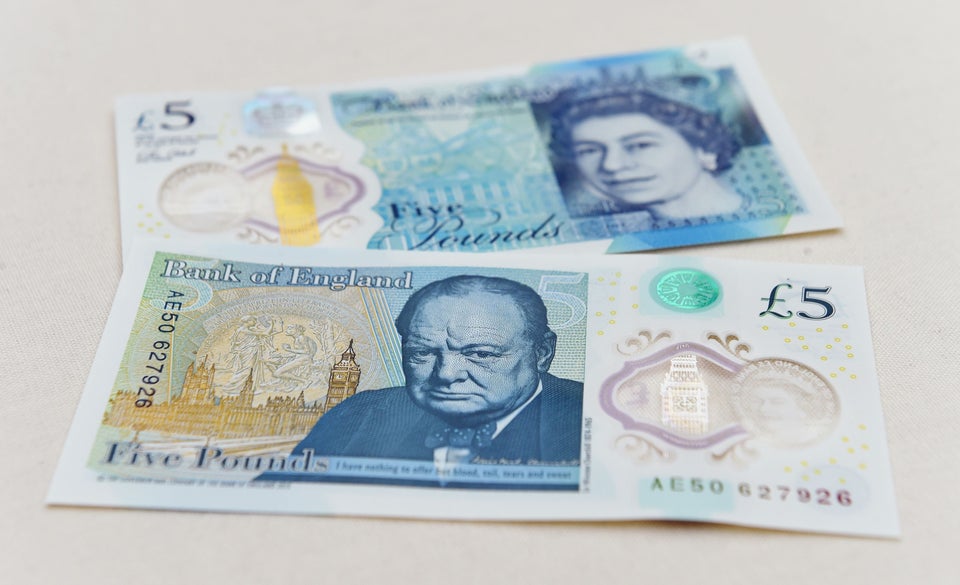
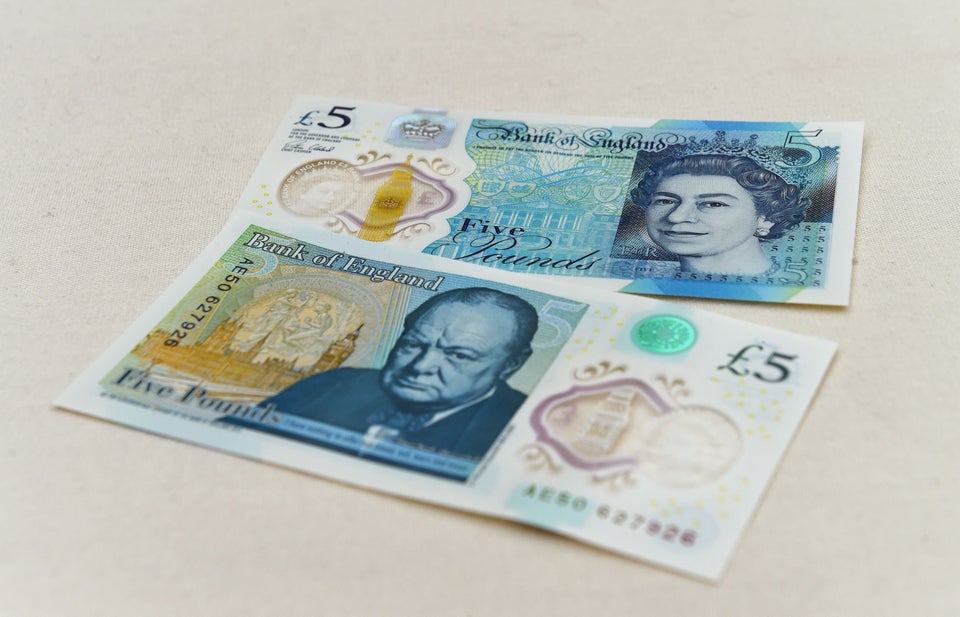
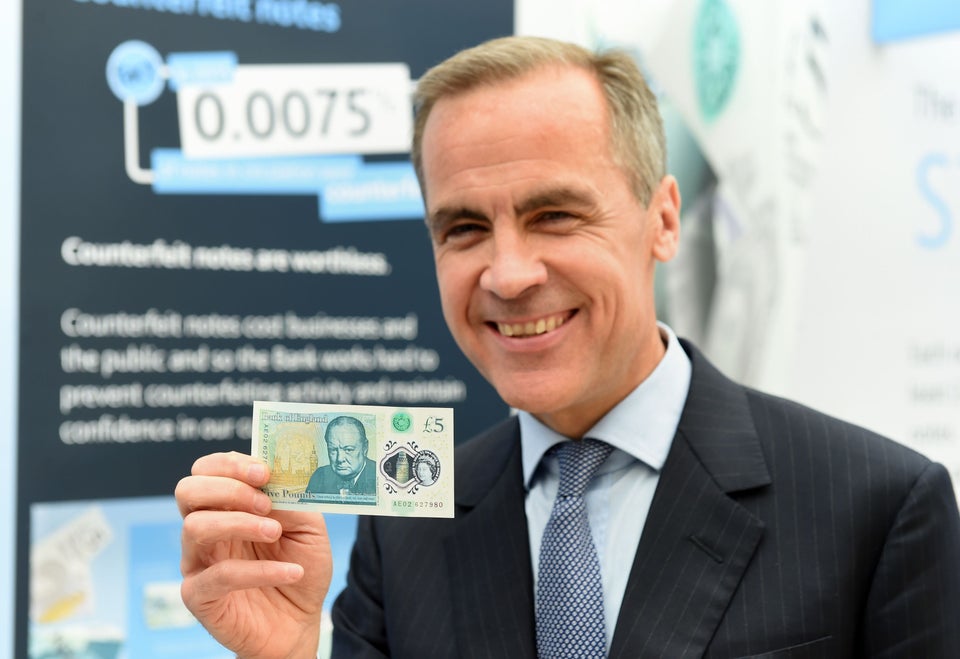
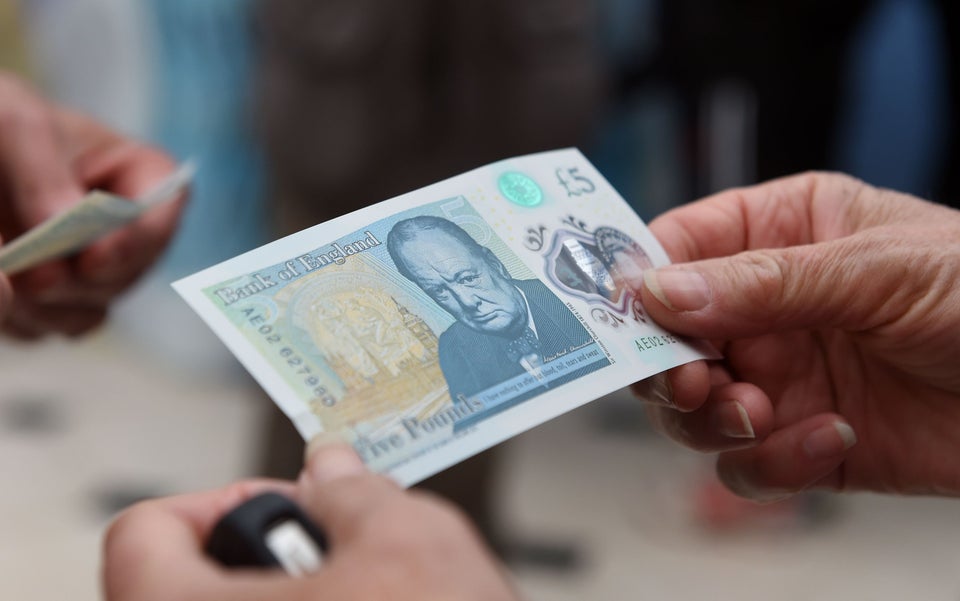
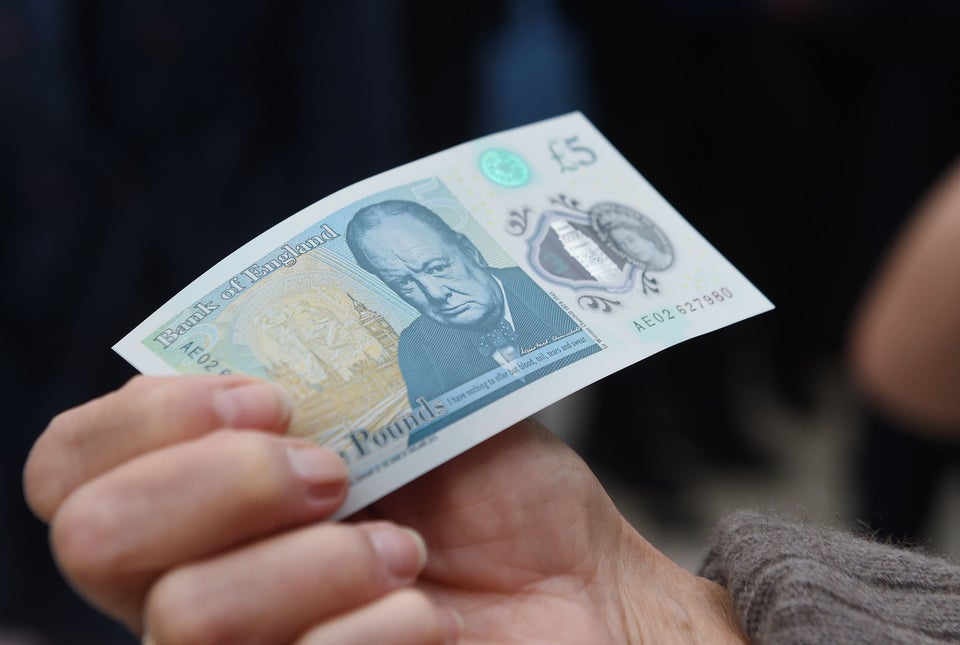
The note, set to be issued in September, was unveiled at Churchill's birthplace, Blenheim Palace.
Around 440 million of the new notes will come into circulation from the autumn, with other higher denomination notes set to follow from next year.
The announcement by the Bank of England in 2013 that the current note, featuring prison reformer Elizabeth Fry, was to be replaced with one featuring the former prime minister, led to British feminists going on the attack.
Thousands of people later signed a petition in protest of the face-swap, arguing that famous British women were being forgotten. Fry's departure from the note meant that the Queen would be the only woman to feature on UK bank notes.
The bank subsequently announced that Jane Austen would be the face of the new £10 note from 2017 and artist JMW Turner would feature on the next £20 banknote, which is due to be released by 2020. Both notes will also be printed on polymer.
The Bank is yet to decide whether or not it will print £50 polymer notes.
Here's seven things you need to know about the new note.


The bank also claims it will last 2.5 times longer than its predecessor - up to five years, rather than 18 months, and is almost impossible to tear.

However, she did not "encourage" people to put that to the test, saying it was a "fortunate by-product".
The note will shrink and melt at temperatures above 120°C, so can be damaged by an iron or a very hot washing machine or tumble dryer cycle

She said of people's reaction to the note: "They often said, 'Wow, that's really cool.' You don't often get 'cool' and 'the Bank of England' in the same sentence," The Sunday Times reported. "They are more modern and I think they're beautiful."

The UK now joins a list of more than 30 countries that already use them. Australia was the first to launch plastic notes in 1988, followed by countries including New Zealand and Singapore.
Since the Bank of England was formed in 1694, Britain bank notes have been made from cotton paper.


Experts fear the move to plastic notes could create a particular financial burden for the elderly as they are most likely to use cash, but may not notice their notes sticking together.
An official Bank of England Q&A sheet warns: "Brand new polymer notes can sometimes stick together, but this effect is short-lived once in use."
